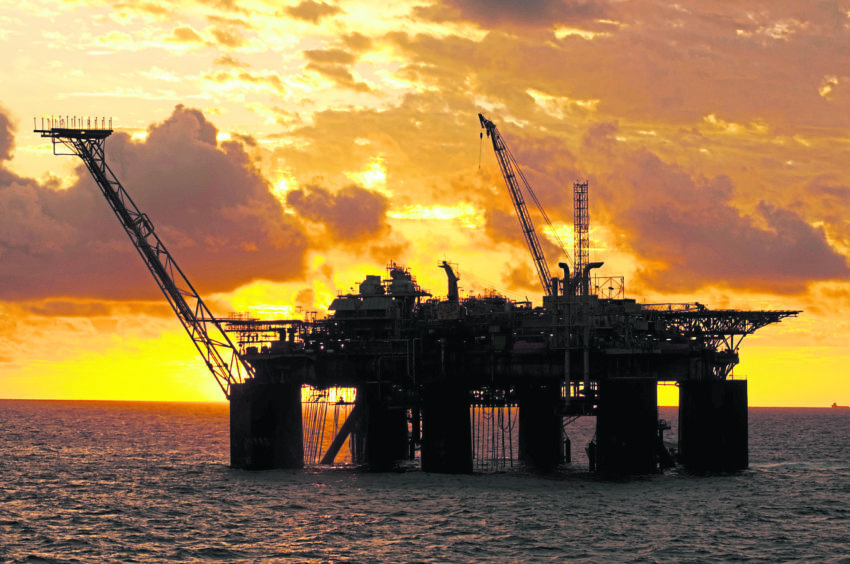
Continued stability in the global oil and gas industry is expected to deliver a record £57.7 billion in dividend payments for investors next year.
Credit ratings giant Moody’s said firms like ExxonMobil, Chevron and BP increasing their payouts would drive up healthier industry-wide returns.
The outlook for integrated oil and gas companies for the coming 12 to 18 months remains stable, with production increases and higher refining margins driving up earnings by around 5%, Moody’s said in its annual outlook report on the sector.
It also said it expected low-carbon energy investment to become more significant among oil and gas firms, with the likes of Royal Dutch Shell, Total, BP, Equinor and Repsol leading the way in building low-carbon energy businesses outside of their traditional fossil fuel operations.
Sven Reinke, senior vice-president, Moody’s, said: “Production costs and capital spending are likely to tick up after bottoming out in 2018, but the sector will remain leaner and more capital efficient than it was before the 2015 oil price crash.”
The report said global earnings before interest, tax, depreciation and amortisation (Ebitda) were on course to decline by 4-5% in the second half of this year but increase by around 5% next year.
Moody’s projections are based on a West Texas Intermediate (WTI) crude oil price of $60 per barrel (bbl) in H2 2019 and in 2020, a price level which is 7.5% lower than the average of $65 seen during 2018.
Mr Reinke added: “We expect production growth and higher refining margins to drive the increase in Ebitda projected for 2020. Our outlook for the sector has been stable since September 2017.
“Free cash flow (FCF) generation will fall to zero in 2020 as operating cash flow falls and dividends rise.
“After two years of positive FCF in 2017-18, we project FCF to fall to zero in 2019-20, driven by a combination of lower funds from operations, gradually rising capital investments and higher dividend payments.”
But credit quality across the industry will dip slightly due to flat Ebitda, rising dividend payments and, for some firms, share buyback programmes, Mr Reinke said.
He added: “We would change the outlook to positive if we projected that the sector’s Ebitda would grow by more than 5% annualised, with much stronger FCF generation over the next 12-18 months, based on WTI oil prices remaining above the high end of our $50-$70/bbl oil price range for a sustained period.
“We would change the outlook to negative if oil prices fell sustainably below the midpoint of our oil price range, thereby materially reducing Ebitda.”